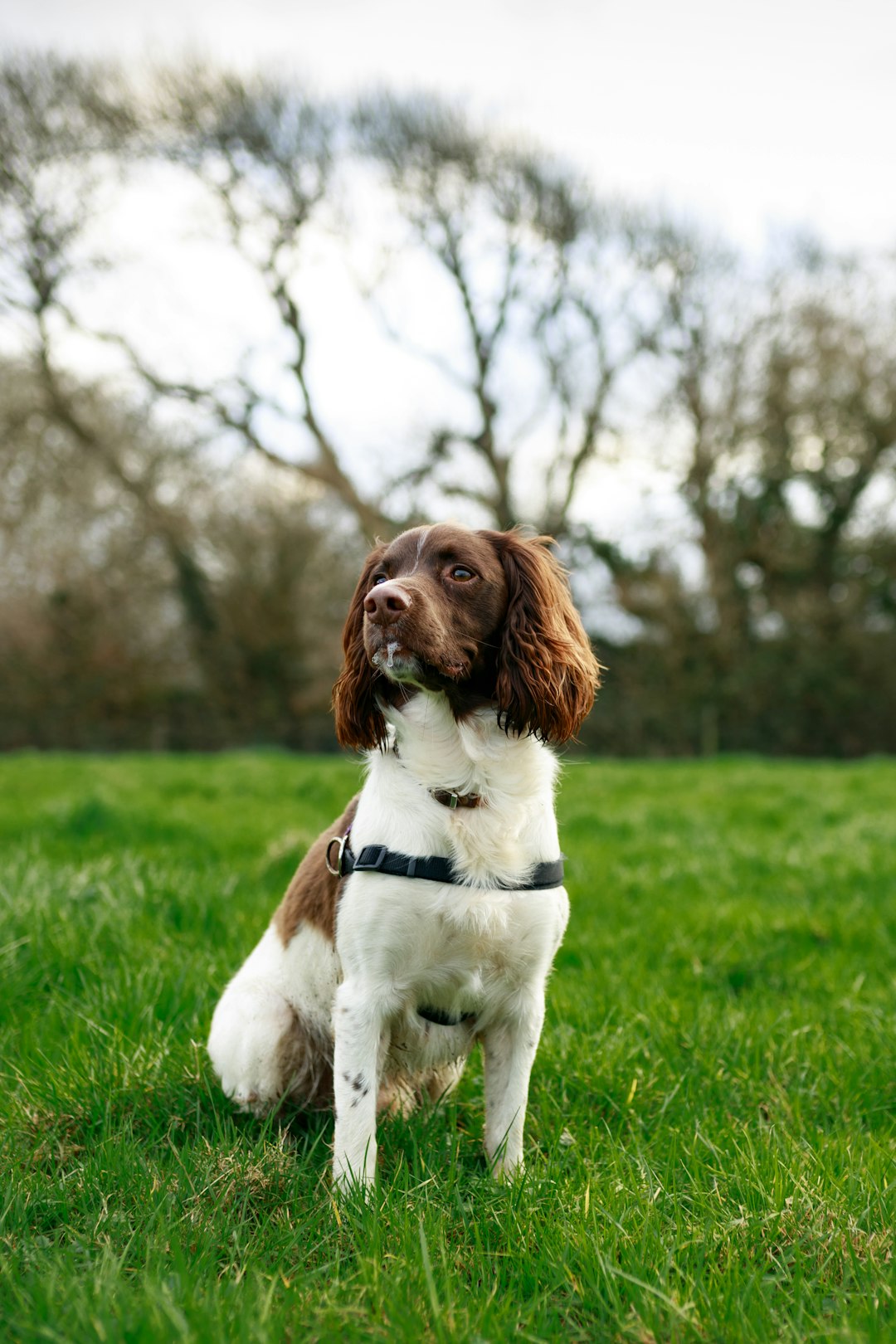When it comes to treating our beloved dogs, it’s crucial to make informed choices that prioritize their health and well-being. Many pet owners wonder if Hot dog sausage can be a safe snack for their canine companions. While it may be a popular choice among many, it’s important to evaluate both the safety and nutritional aspects of giving this tasty treat. In this blog post, we will explore the potential risks associated with hot dog sausage, discuss healthier alternatives, and provide best practices to ensure that your furry friend enjoys snacks without compromising their health. Join us as we delve into your dog’s dietary needs and discover how to ensure they stay happy and healthy while satisfying their cravings.
Understanding Hot Dog Sausage
Ingredients Found in Hot Dog Sausage
Hot dog sausage is often made from various meats, including beef, pork, chicken, or turkey, with a blend of seasonings and additives. Common ingredients include preservatives like sodium nitrite, flavorings, and binders that help maintain texture. Some brands even incorporate fillers or artificial flavors to enhance taste and prolong shelf life. It is crucial to read the label carefully, as the ingredient list can vary widely among different manufacturers.
Nutritional Value for Dogs
When considering hot dog sausage as a treat, it is essential to assess its nutritional value. Typically, this type of sausage is high in protein, which can be beneficial for your dog’s muscle development. However, it is also high in sodium and fat, making it less suitable as a regular snack. Dogs require a balanced diet, and while an occasional treat may not harm them, relying on processed meats can lead to health issues over time.
Potential Risks of Hot Dog Sausage
There are several potential risks associated with feeding your dog processed sausages. High sodium content can lead to increased thirst and even sodium ion poisoning in severe cases. Moreover, the presence of artificial additives can cause allergic reactions in some dogs. Additionally, if sausage casings are not fully digested, they can lead to gastrointestinal blockages. Therefore, it’s crucial to exercise caution when considering hot dog sausage as a snack for your furry friend.
Is Hot Dog Sausage Safe for Dogs?
Evaluating the Safety of Hot Dog Ingredients
When considering whether this flavorful option is appropriate for your furry friend, it’s essential to investigate the ingredients found in the product. Many commercial varieties contain preservatives, additives, and seasonings that can be harmful to dogs. For instance, excessive sodium or artificial flavorings can lead to digestive upset or even more severe health issues. Therefore, always check the label and opt for brands that use minimal, natural ingredients.
Common Reactions in Dogs After Consumption
Canines often react differently to new foods, and introducing hot dog sausage might lead to various outcomes. Some dogs may experience gastrointestinal distress, such as vomiting or diarrhea, particularly if they consume too much at once. Additionally, a few dogs may have allergic reactions to specific ingredients, which can manifest as itching, swelling, or other uncomfortable symptoms. Close monitoring after introducing any new treat is critical to ensuring your dog’s well-being.
Veterinary Opinions on Feeding Hot Dog Sausage
Many veterinarians express concerns regarding the regular feeding of processed meats to dogs. While an occasional bite may not pose a risk, it is always best to consult with your veterinarian regarding your dog’s unique dietary needs. They can provide tailored advice and help you determine appropriate portions. Experts usually recommend opting for healthier snacks with natural ingredients to ensure your canine companion enjoys optimal health.
Healthier Alternatives to Hot Dog Sausage
Low-Fat Dog Sausage Options
When considering what to feed your furry friend, opting for low-fat sausage options can significantly benefit their health. These alternatives often contain less sodium and fewer preservatives, reducing the risk of obesity and related health problems. Look for products specifically designed for dogs, as these are formulated to meet canine dietary needs while providing great taste. Many brands offer chicken or turkey-based sausages free from harmful additives, ensuring your dog enjoys a delicious treat without the guilt.
Homemade Dog Treat Recipes
Making your own dog treats is a fantastic way to ensure your pet enjoys healthy snacks. By using simple, wholesome ingredients, you can create tasty rewards that are safe for your canine buddy. For instance, you can whip up some lean ground turkey mixed with sweet potatoes and oats, shaped into bite-sized pieces. Oven-bake these treats to achieve that satisfying crunch while avoiding unnecessary fillers and preservatives found in commercial products. Homemade treats not only guarantee quality but also allow you to customize recipes to fit your dog’s specific tastes and dietary restrictions.
Comparing Dog-Safe Sausages
Comparing various dog-safe sausages can help you make informed nutritional choices. Some brands sell sausages made from organic meats and natural ingredients, making them healthier than typical processed snacks. Look for options that prioritize transparency in their ingredient lists, and avoid any that contain artificial flavors or fillers. Consulting your veterinarian for recommendations can also ensure that the sausages you consider are tailored to your dog’s health and nutritional needs. By prioritizing these health-conscious alternatives, you can keep your furry friend happy and healthy with every snack they receive.
How to Feed Hot Dog Sausage Safely
Portion Control for Dogs
When incorporating new treats into your dog’s diet, portion control is paramount. Even though hot dog sausage may appeal to your canine companion, moderation is key. A small piece that is approximately the size of a grape is usually enough for small dogs, while larger breeds might enjoy up to half of a sausage. Always adjust the portion according to your dog’s size and dietary requirements to prevent health issues related to overindulgence.
Preparing Hot Dog Sausage for Dogs
Before serving, it’s essential to prepare the sausage properly. First, remove any skin or casing, as these can be difficult for dogs to digest. Next, slice the sausage into bite-sized pieces to ease choking hazards. If you want to minimize unhealthy additives, consider gently steaming or boiling it without additional oils or seasonings. This approach not only makes it easier to chew but also ensures a healthier treat for your furry friend.
Signs of Overconsumption in Dogs
After introducing hot dog sausage into your dog’s diet, monitor for signs of overconsumption. These may include vomiting, diarrhea, or increased thirst. If your dog displays any unusual behavior, such as lethargy or a loss of appetite, it may indicate digestive distress. Always consult your veterinarian if you notice any concerning symptoms. Staying vigilant helps ensure that your furry companion enjoys treats safely and healthily.
Best Practices for Treating Your Dog
Establishing a Balanced Diet
A well-rounded diet is essential for your dog’s overall health. Prioritize high-quality dog food and ensure it meets their specific nutritional needs. Incorporate a variety of lean proteins, vegetables, and healthy fats while moderating treats. Aim for treats to comprise no more than 10% of their daily caloric intake. This approach not only keeps them physically healthy but also helps maintain a healthy weight.
Choosing Safe Snack Alternatives
When considering snacks, explore healthier alternatives to traditional treats like hot dog sausage. Options such as carrot sticks, apple slices (without seeds), or plain cooked chicken can provide a nutritious experience. These snacks are lower in sodium, unhealthy fats, and fillers, making them better choices for your canine buddy’s snacking needs. Always verify that any new food is safe for canine consumption before introducing it to their diet.
Training Rewards and Treats
Utilizing treats during training can enhance your dog’s learning experience. Be selective with the treats you offer; choose small, soft, and easily digestible options to encourage positive behavior. Consistency is crucial—use the same treats regularly and pair them with clear commands. This method will not only strengthen your dog’s understanding but also solidify the bond between you two as you work together toward shared goals. Remember, moderation is key to preventing overindulgence and digestive issues.
Understanding Your Dog’s Dietary Needs
Recognizing Food Sensitivities
Every dog is unique, and their dietary needs can vary significantly based on factors such as age, breed, and activity level. Recognizing food sensitivities in your canine buddy is essential. Common signs include gas, bloating, or gastrointestinal upset. Keeping a food diary can help identify any potential reactions to specific ingredients, enabling you to make informed choices about snack options like hot dog sausage.
Consulting with Your Veterinarian
When it comes to your dog’s diet, consulting with your veterinarian is imperative. A professional can provide tailored recommendations based on your dog’s health history and current condition. They can help you determine whether treats like hot dog sausage are appropriate and how often they should be included in your dog’s diet. Regular check-ups will ensure that any dietary adjustments align with your pup’s health needs.
Understanding Canine Nutrition
To make the best choices for your furry friend, it is crucial to understand canine nutrition. Dogs require a balanced diet rich in proteins, healthy fats, carbohydrates, vitamins, and minerals. This balance will support their overall health, energy levels, and immune system. Treats, such as hot dog sausage, should complement their primary diet, not replace it. Remember, moderation is key; unnecessary indulgence could lead to obesity or other health concerns.
Frequently Asked Questions
Can dogs eat hot dog sausage safely?
Hot dog sausages can be a safe snack for dogs in moderation, but there are important factors to consider. Many hot dogs contain high levels of sodium and preservatives that can be harmful if consumed in excess. Additionally, the type of meat used may not be suitable for all dogs, particularly those with food allergies. Always opt for high-quality, natural hot dogs without harmful additives, and consult your veterinarian regarding your dog’s specific dietary needs.
What should I do if my dog has eaten a hot dog sausage?
If your dog has eaten a hot dog sausage, monitor them for any signs of distress, such as vomiting, diarrhea, or lethargy. In general, a small amount of hot dog sausage is unlikely to cause serious harm, but it’s important to be cautious. If your dog has specific health issues or has consumed a large quantity, contact your veterinarian for advice. They may recommend bringing your dog in for an examination to ensure everything is fine.
Are there healthier alternatives to hot dog sausage for dogs?
Absolutely! There are various healthier alternatives to hot dog sausage that you can offer your dog as a snack. Options include lean, cooked meat such as chicken, turkey, or beef, which are free from artificial additives. You can also consider commercially available dog treats made from high-quality ingredients. Additionally, fruits and vegetables like carrots or apple slices can serve as nutritious treats while providing beneficial vitamins and minerals.
How often can I give my dog hot dog sausage?
Hot dog sausage should only be given to your dog occasionally and in small portions. Due to their high sodium content and potential additives, they should not form a regular part of your dog’s diet. Treat hot dog sausage as an occasional reward or special snack, rather than a staple. Always balance their diet with appropriate amounts of proteins, vegetables, and grains to ensure they receive a well-rounded nutritional intake.



